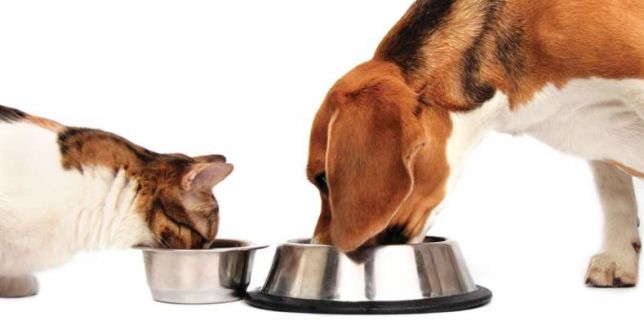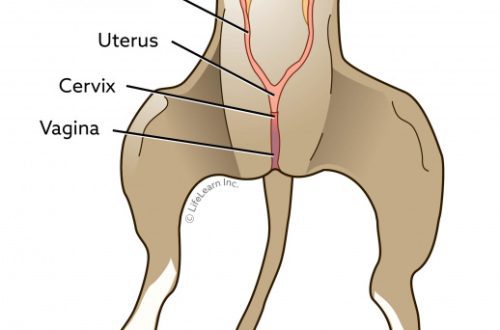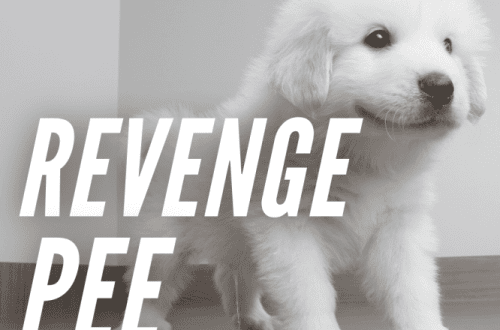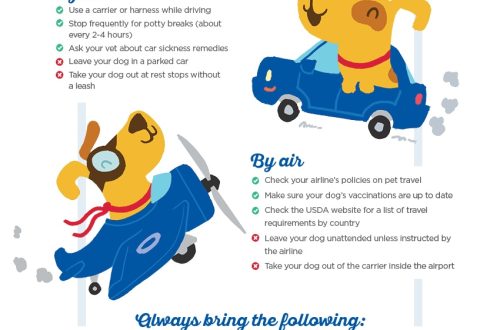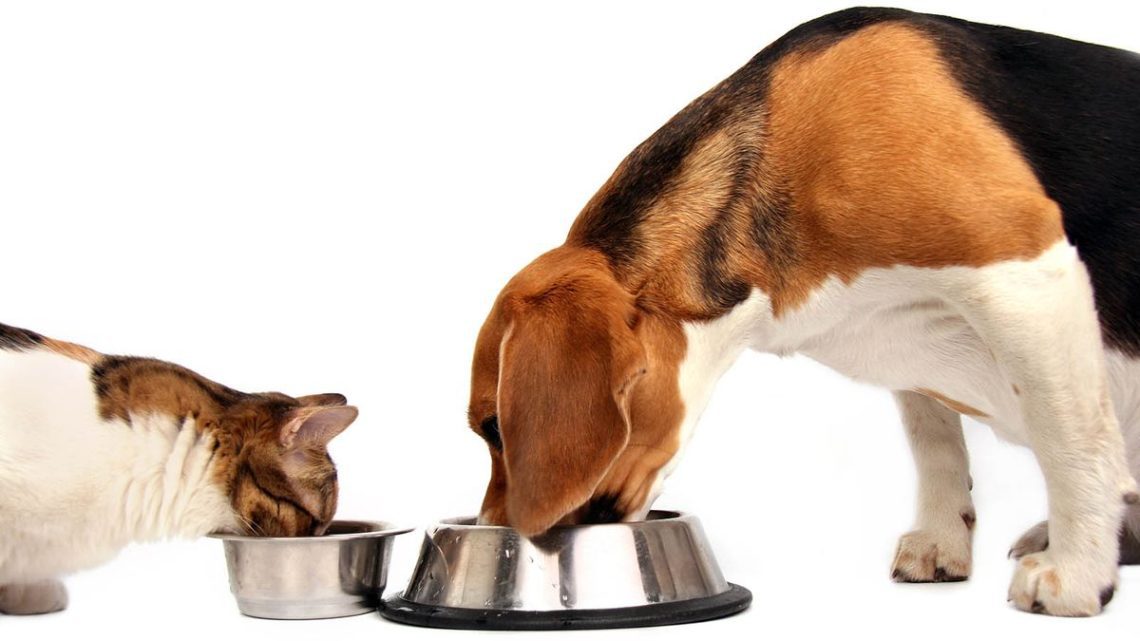
Can you feed your dog and cat the same food?
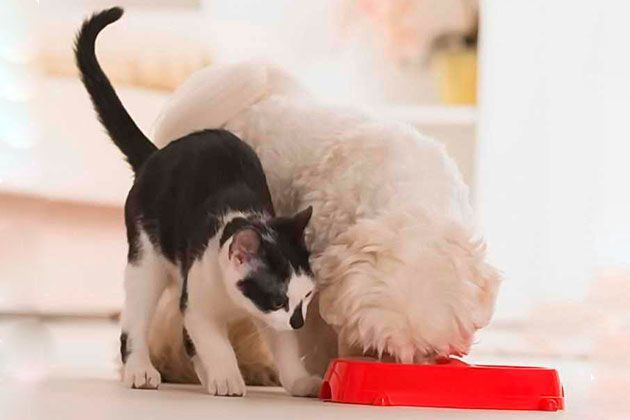
Contents
Why not feed the same food to cats and dogs?
A cat is an obligate, that is, an unconditional predator, and a dog is an optional predator, that is, it has the features of an omnivore. Of course, living in houses and apartments leaves an imprint on both. Lifestyle, activity and, accordingly, nutritional needs change, as well as taste preferences, cats often experience cravings for some vegetables and fruits – watermelon, cucumber, banana, melon, which is not typical for cats in nature. In the wild, cats can get small amounts of grain and other plant material from the stomach contents of their prey, but our domestic cats do not need large amounts of grain. Dogs and other canids in the wild eat not only meat and stomach contents, but they may deliberately eat herbs, roots, and fruits.
For example, if cats need to eat small portions, but often, then an adult dog is recommended to eat no more than twice a day. Not only the regimen is important: animals also need to receive nutrients in certain proportions with food. If you regularly give your dog a diet designed for a cat, the pet will receive protein and some trace elements in excess amounts. And this threatens to complicate the condition of the liver and kidneys of the animal.
The same can be said about other components of the feed: minerals, amino acids and vitamins. They are needed by the pet in the amount that meets its needs and characteristics of the body. In particular, a cat needs taurine, which its body does not produce, while a dog is able to partially synthesize this substance. And another example: a cat needs to get vitamin A, while a dog is able to produce it on its own. Protein metabolism in cats is unique due to the unusually high requirements for protein processing compared to dogs or other omnivores.
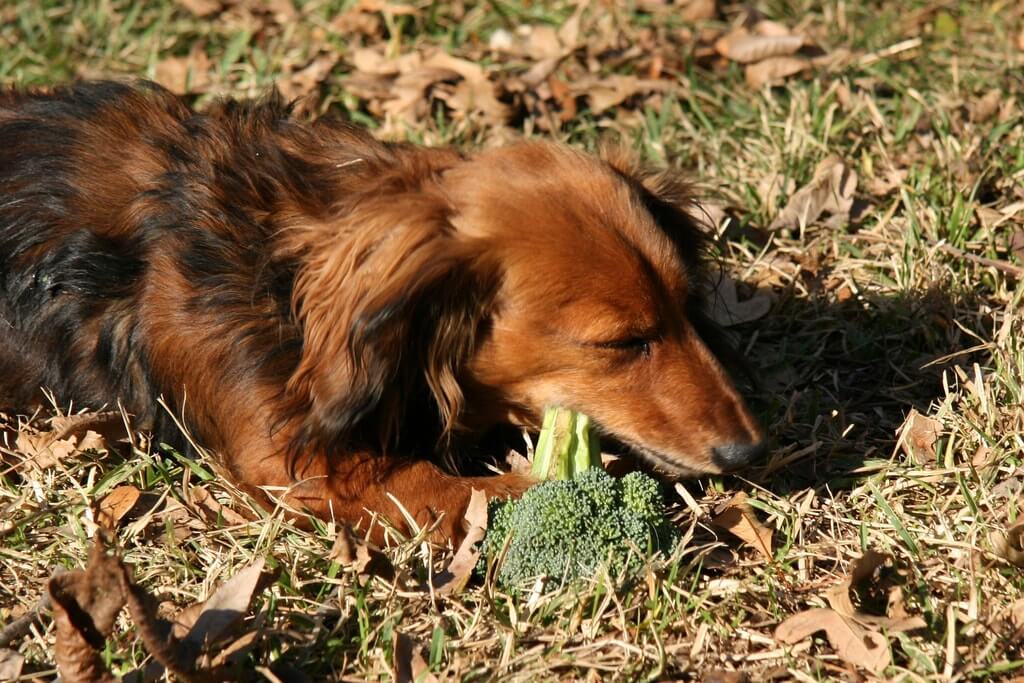
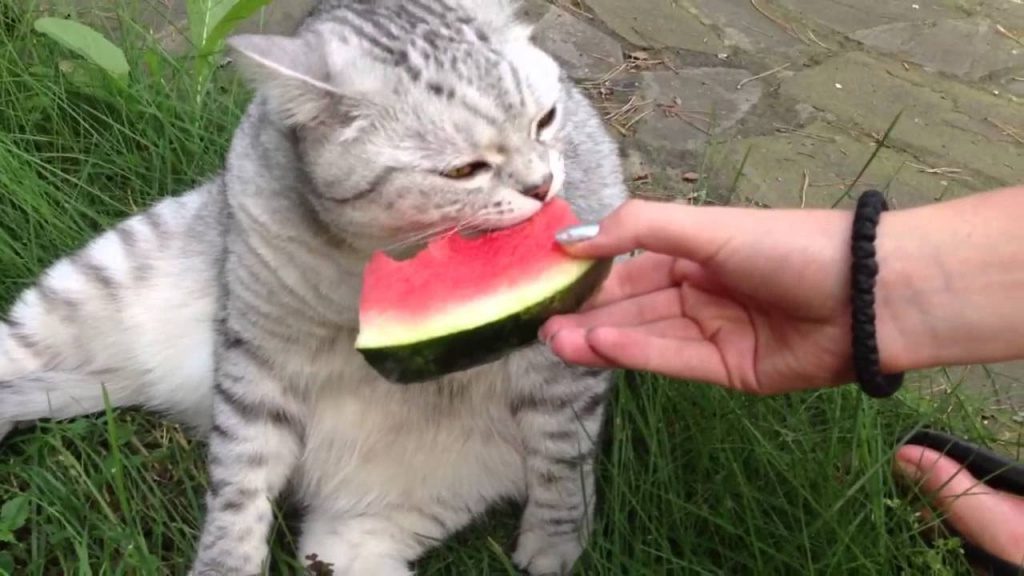
What is the difference between cat and dog food?
The fundamental difference, as mentioned above, is in the ratio of the amount of proteins, fats and carbohydrates.
- There is more protein in cat diets, and carbohydrates in dog diets.
- Cat food has a higher calorie content, as their metabolism is faster and needs to be met.
- Cats have a greater need for vitamins H, PP. Dogs need more vitamins A, D3 and C.
- Cats need taurine, which is not produced in the body in cats, since with its deficiency, heart disease, central retinal dystrophy, and reproductive dysfunction develop. The body of dogs produces taurine on its own.
- In cats, compared to dogs, almost 10 times! higher need for amino acids. Methionine is an essential amino acid for cats. For cats, it is much more important than for dogs and other omnivores, as it is needed for the synthesis of immune cells, creatinine, adrenaline, choline, and many other vital substances. Methionine is commonly found in most food ingredients in cat food. Cystine and Feminine are required to maintain coat health.
Deficiencies in these amino acids can occur in cats fed vegetable or grain-based foods, poor-quality or unsuitable foods, or leftovers from the human diet. Clinical signs of methionine deficiency include poor growth and crusting of dermatitis on the mucous membranes of the mouth and nose.
-
Cats are unable to convert beta-carotene to retinol (vitamin A) due to a lack of intestinal enzymes needed for conversion. Therefore, cats require food containing ready-made vitamin A. It is necessary for vision, bone and muscle growth, reproductive support and the health of epithelial tissues. Canine intestinal enzymes are enough for conversion.
-
The body of cats is not able to convert enough fatty linoleic acid into the appropriate amount of arachidonic acid.
-
Cats also lack sufficient enzymes to meet the metabolic requirements for vitamin D photosynthesis in the skin. Therefore, they need to get vitamin D from food.
-
A cat’s diet should definitely be high in water-soluble B vitamins, including thiamine, niacin, pyridoxine (vitamin B6) and, in certain circumstances, cobalamin (vitamin B12). Cats require four times more niacin and pyrodoxine than dogs.
-
The high content of carbohydrates in food can adversely affect the cat’s digestion, as protein digestibility is reduced. Cats have a vestigial caecum and a short colon, which limits their ability to use poorly digestible starch and fiber for energy through bacterial fermentation in the colon.
-
Cat foods are fortified with sodium. Lightly salted food encourages moisture intake. And, as you know, many cats are reluctant and little water, which is fraught with an increase in the concentration of urine and the loss of crystals in it.
It is also worth noting that food manufacturers have certain food lines for cats and dogs, taking into account their special physiological needs. The amount of certain nutrients in the diet is a huge work of veterinary nutritionists. On the pet market, you can find food for overweight or active cats and dogs, for animals with different types of coat, divided by age and breed. There are many features in dietary nutrition. Here you need to be extremely careful and follow the regimen and schedule of feeding. Neglect of the recommendations can lead to serious chronic diseases. Also, owners should not compare dogs of miniature breeds and cats, their needs are still different, anatomical and physiological.
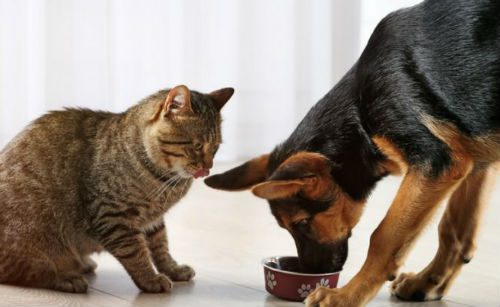
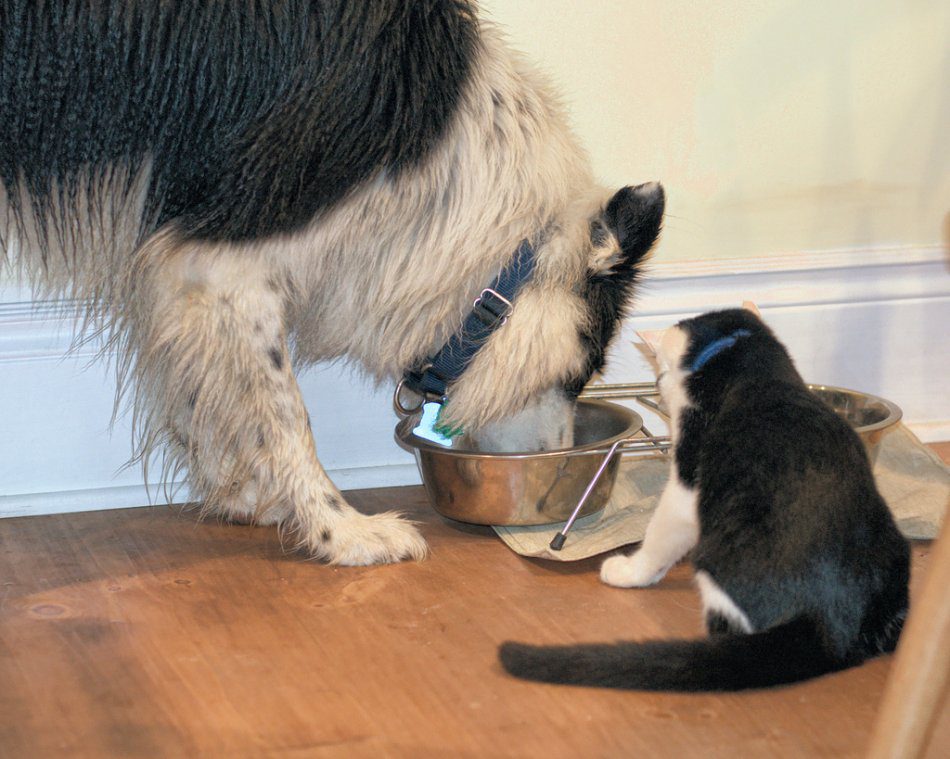
Consequences of malnutrition
An imbalance of nutrients leads to disruption of the functions of internal organs. Due to an excess of carbohydrates in cats, obesity, diabetes, pancreatitis can occur. In dogs with an increased amount of proteins in the diet, problems with the hepatobiliary and urinary systems appear. Due to a lack of taurine, a cat can develop cardiomyopathy, and this process is irreversible! Significantly reduces the life expectancy of a pet. Often, in one and the other species of animals, there is a violation of the functioning of the gastrointestinal tract: gastritis, enterocolitis, most often manifested by vomiting, diarrhea, or vice versa, constipation. Remember – one of the most important moments in the prevention of diseases in pets is the correct selection of the diet, and the pet should be fed exactly the food that is intended for this particular type of animal.
